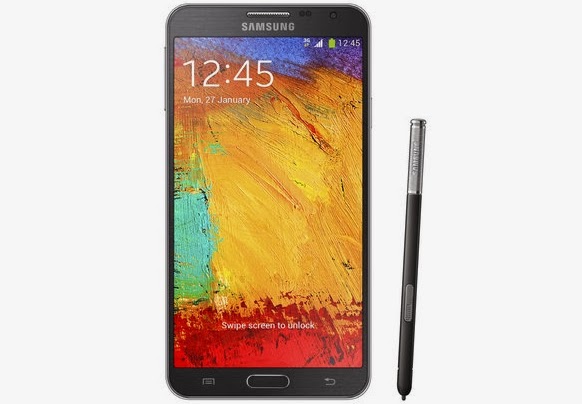Make Smart Windows Even Smarter By controlling Both Lighting And Heat Levels
 |
Make Smart Windows Even Smarter By controlling Both Lighting And Heat Levels |
Unlike existing technologies, the coating provides selective control over visible light and heat-producing near-infrared (NIR) light, so windows can maximize both energy savings and occupant comfort in a wide range of climates.
One of the materials, indium tin oxide (ITO) -- a component in LCD and touchscreens -- is extremely conductive. When electricity passes through it, it allows the material to absorb heat energy from NIR. ITO nanocrystals were embedded in glass made from niobium oxide. The niobium ions in it are used in superconductive materials, and when combined with certain compounds can detect infrared light. Both ITO and niobium oxide are electrochromic, which means they change colour when a current is passed through them -- niobium oxide will darken when exposed to a current, for instance. Electrochromic materials are used for tinting the windows of some cars, and in this case would filter the amount of heat and light coming through the windows.
 |
Nanocrystals of indium tin oxide (blue) embedded in a glassy matrix of niobium oxide (green) |
The two effects together produce a synergistic interaction which enhances the strength of the electrochromic effect and allows for bright well lit environments without unwanted heat. The same glass with a larger electric jolt can be switched to "dark mode," blocking both light and thermal gain. The glass is fully transparent when no charge is applied.
This ability to independently control NIR light could have huge implications for households and businesses, considering how steep annual energy bills can be.
“In the US, we spend about a quarter of our total energy on lighting, heating and cooling our buildings,” says Delia Milliron, a chemist at Berkeley Lab’s Molecular Foundry and leader of the research. “When used as a window coating, our new material can have a major impact on building energy efficiency. From a materials-design perspective, we’ve shown that you can combine very dissimilar materials to create new properties that are not accessible in a homogeneous single phase material, either amorphous or crystalline, by taking nanocrystals and putting them in glass.”
.
The coating can simply be sprayed straight on to existing glass.



Comments
Post a Comment